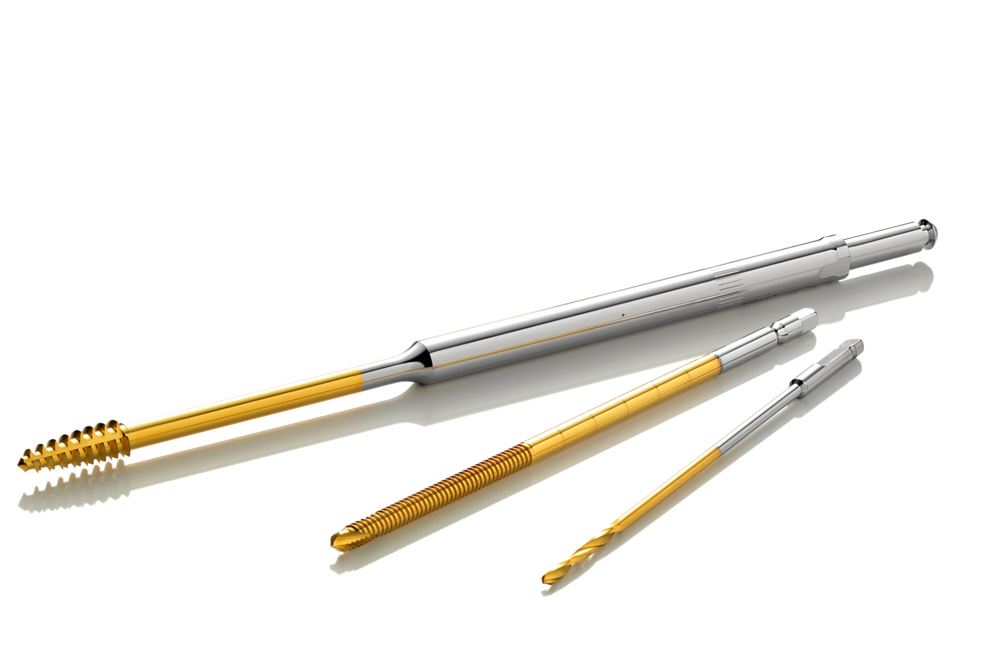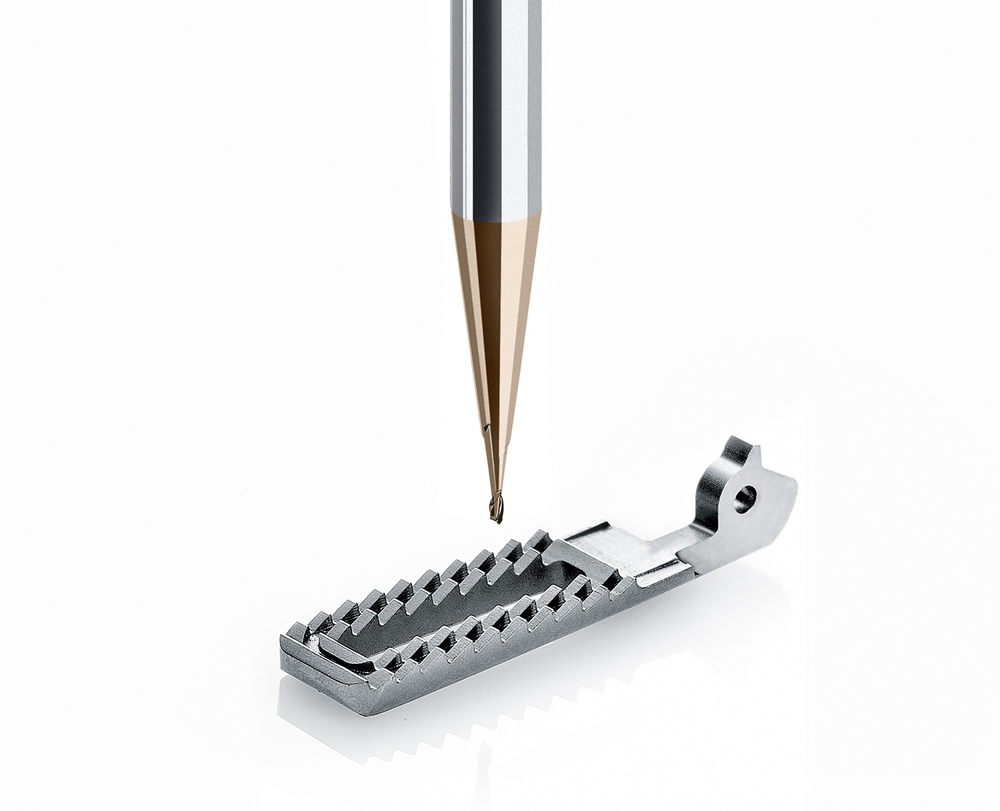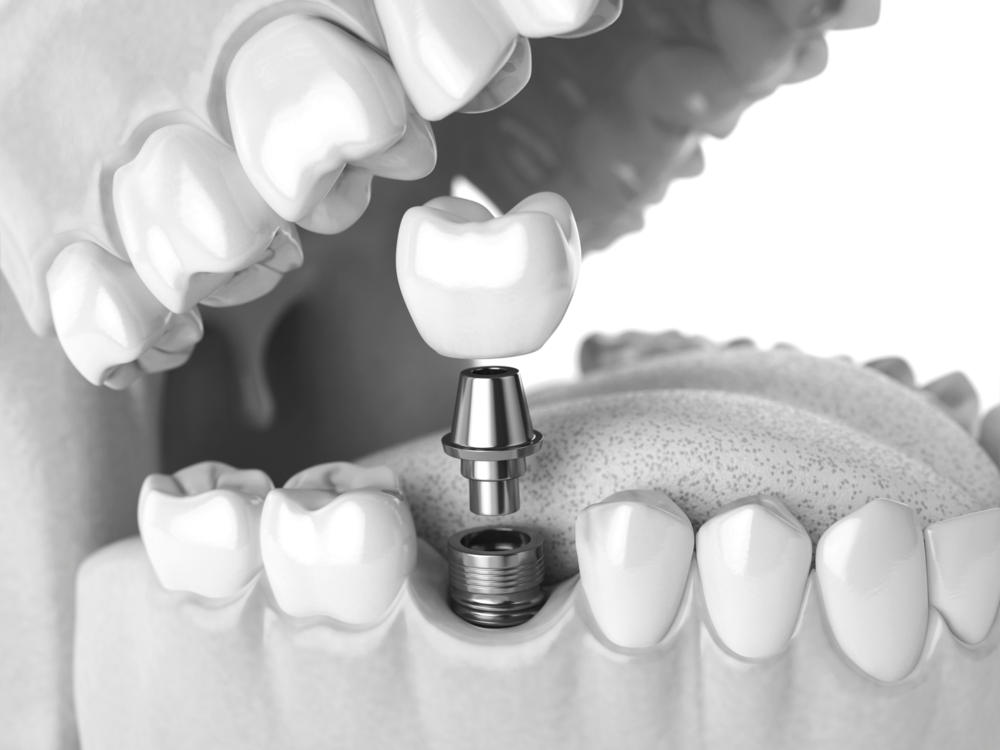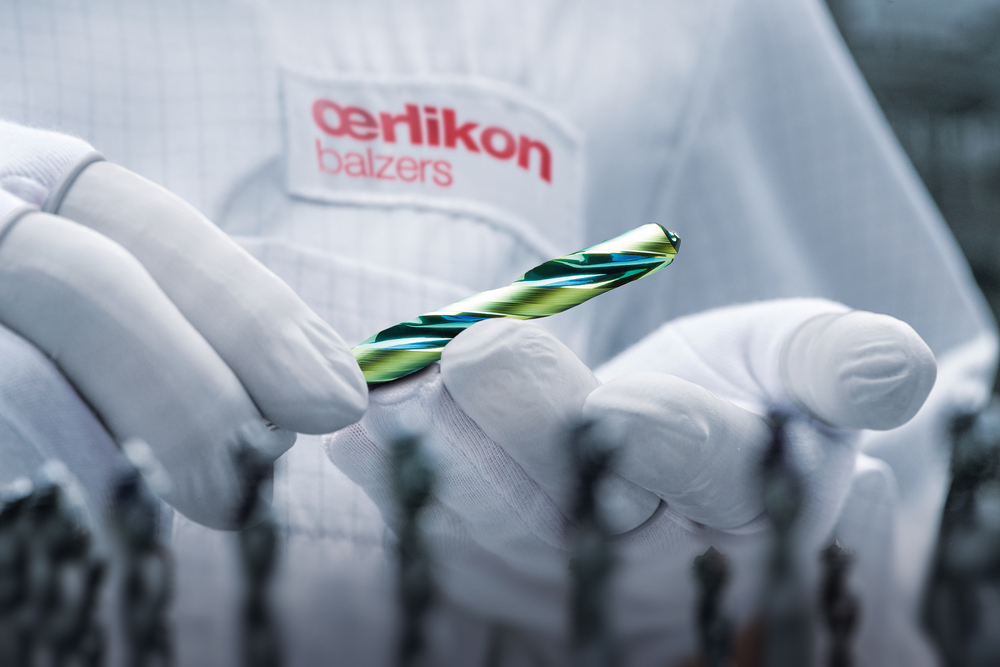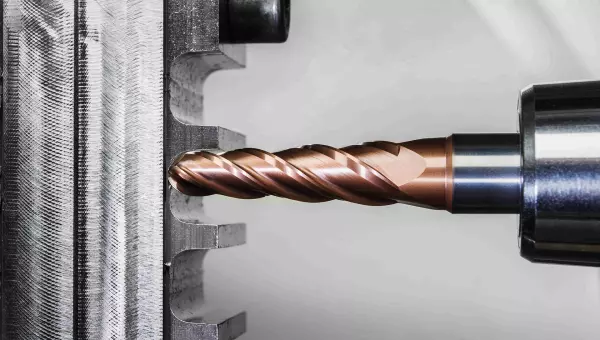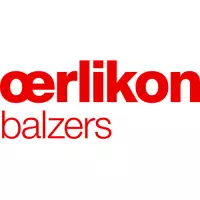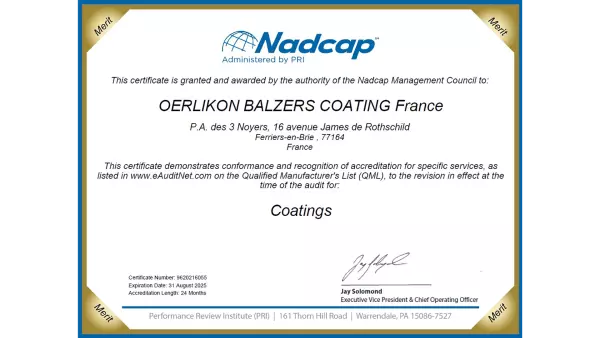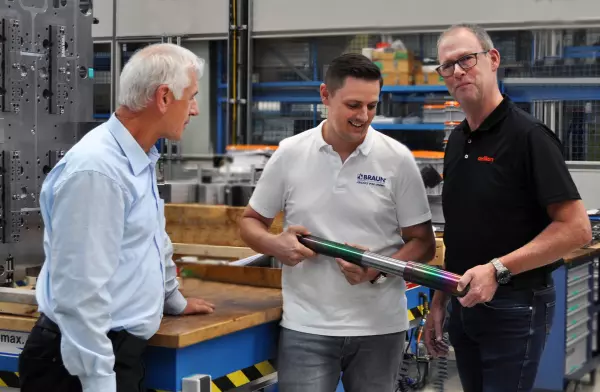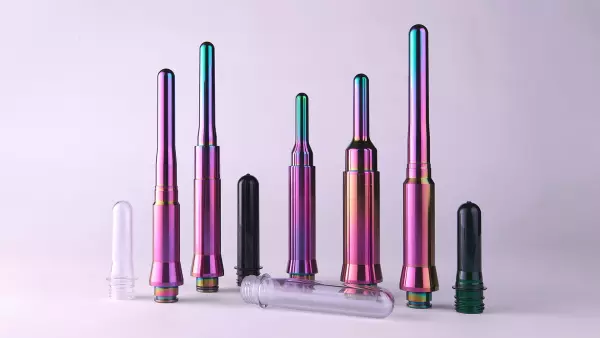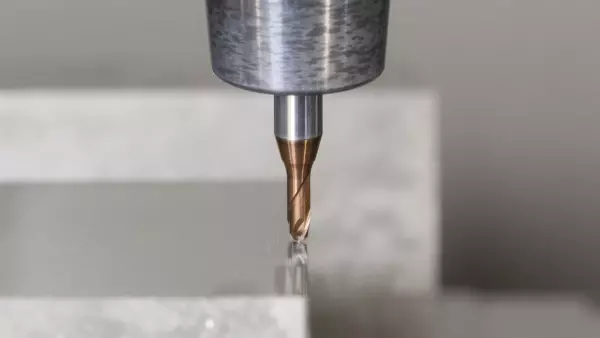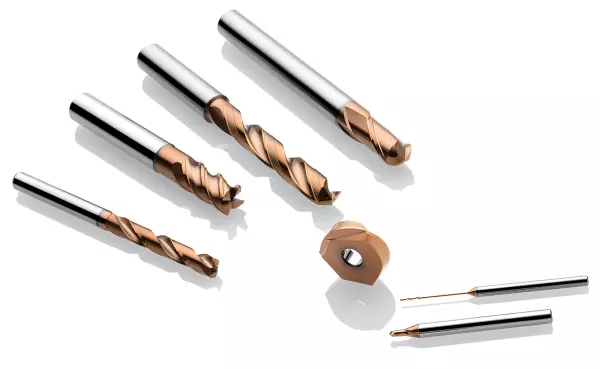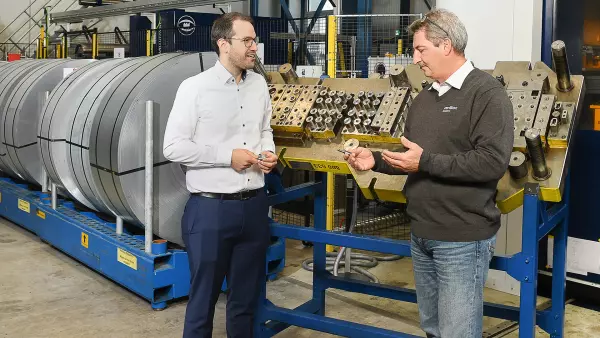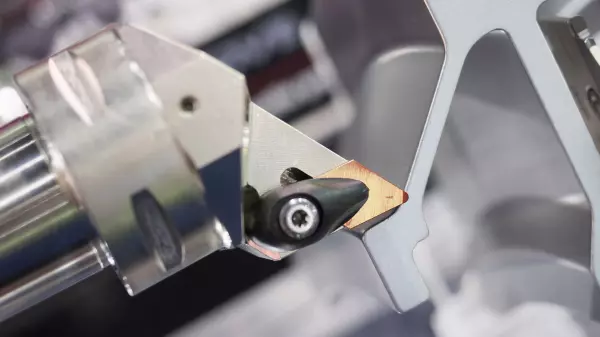Which coatings increase the performance and economy when sawing difficult-to-machine materials? Experiments by Oerlikon Balzers at the Fraunhofer IPA in Stuttgart are the first to provide verifiable answers to this question.
Even if sawing involves a large number of applications and materials, the well-known golden TiN tool coatings still dominate the scene. What is needed, however, are economical solutions for materials that are difficult to machine. Because saw technology is increasingly about high performance, optimized cycle times and machining volumes in the production chain, as well as the lowest possible costs per cut.
Against this background, the surface specialist Oerlikon Balzers and the Fraunhofer Institute for Manufacturing Engineering and Automation IPA in Stuttgart were able to remove a blank area from the map of sawing applications. “We tested and compared the performance of selected coatings when sawing difficult-to-machine materials in order to adapt our products accordingly and give users recommendations for improvement. We have optimized our service solutions since 2018, ”explains Klaus Springer, technical customer advisor at Oerlikon Balzers.
Model tests for the circular saw processThe test focus was on two materials that are difficult to machine: 1.4501 duplex steel (X2CrNiMoWCuWN) and Inconel 718, which were compared to the frequently used heat-treated steel 42CrMo4 as a reference. Oerlikon Balzers had selected these materials in advance together with customers.
As a challenger, Oerlikon Balzers brought in aluminum (Al) -based coatings (2x AlTiN, 2x AlCrN), including the benchmark coating BALINIT ALCRONA PRO (in graphics: AlCrN 1) tailored to high-performance sawing processes and already established in the sawing industry. The reference partner for this was a TiN product.
Aluminum-based layers come up trumpsEven the tests with 1.4501 duplex steel were trend-setting for the performance of the coatings with a view to difficult-to-machine materials (Figure 1). The TiN layer was eliminated after a tool life of 7.5 meters (wear mark width / VBmax = 207 µm). The layers with a high aluminum content achieved the best results. BALINIT ALCRONA PRO had the lowest VB values for a long time (VBmax = approx. 205 µm) and was only withdrawn from the race after a tool life of 17.5 meters. Ultimately, only the AlTiN 2 layer (20 meters / VBmax = approx. 158 µm) proved to be better.
Al-based coatings also performed best in the tests with Inconel 718 (Figure 2), above all the product AlTiN 1 with a tool life of 20 meters (VBmax = approx. 635 µm). The BALINIT ALCRONA PRO layer (15 meters / VBmax = approx. 587 µm), which was also one of the best in this test, again demonstrated its all-rounder qualities. In contrast, the TiN product had to fit after 10 meters (VBmax = approx. 468 µm). In comparison, it only achieved better results in the reference test with 42CrMo4, albeit again at the bottom. In this standard application, the values of all test candidates remained close to one another, with the front runner being called BALINIT ALCRONA PRO.
“For the first time, we were able to display wear profiles and tool life for sawing. As far as we know, such comparative studies have not yet been carried out. The results show that economical sawing with more performance is already an option and that we are on the right track with our process improvements, ”says Klaus Springer. In practice this means that saw blade manufacturers and users no longer have to be satisfied with a TiN saw blade and its limited performance and economy.
To the original article

